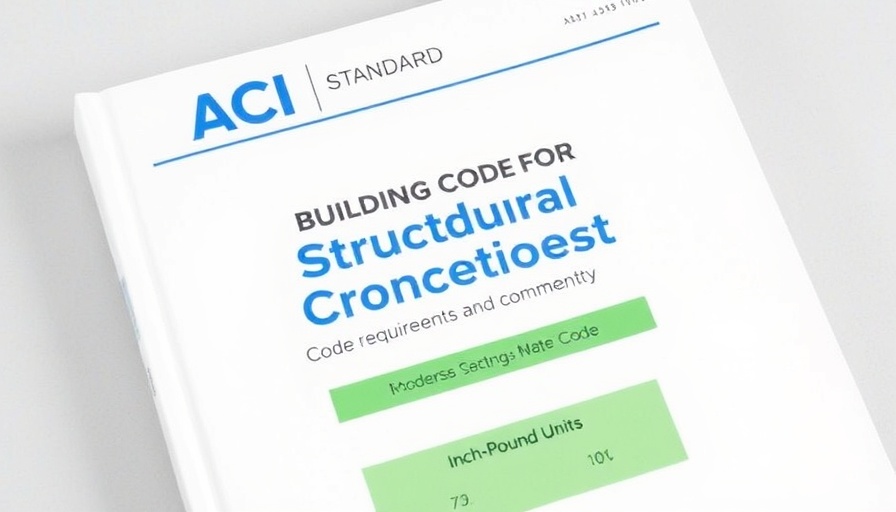
Discovering the Ideal Balance: Functional and Beautiful Home Remodels
In today's fast-paced world, homeowners and property developers are increasingly looking for home remodel designs that seamlessly merge beauty with functionality. Today's home environments serve as both sanctuary and workspace, demanding a high standard of adaptability and comfort. Here, we delve into five standout remodel types that exemplify this balance, drawing on design principles that not only cater to aesthetics but also elevate everyday living.
1. Scandinavian Harmony for Compact Living Spaces
The Curson Avenue project showcases how Scandinavian design principles can revolutionize compact living. By emphasizing light and decluttering space, this design optimizes the functionality of a small apartment. The use of vertical grain white oak flooring visually elongates the space while custom floating vanities contribute hidden storage, essential for urban dwellings.
The result? A remarkable 30% increase in usable storage, alongside a stunning ambiance that feels both spacious and inviting, encapsulating the essence of Scandinavian minimalism.
2. Industrial Loft Meets Cozy Comfort
Stevens Culver takes the industrial loft aesthetic and enhances it with residential comfort. Authenticity is preserved with concrete-look porcelain flooring and radiant heating, striking a balance between raw elegance and warmth through walnut accents. The thoughtful introduction of custom steel-and-glass dividers achieves soundproofing in bedrooms, ensuring that the open design does not compromise on privacy.
This project stands as an inspirational testament to how urban design can prioritize comfort without sacrificing character, inviting a fresh look at loft living.
3. Merging Historical Significance with Modern Needs
In the Historia La Habra remodeling, history and modernity intersect beautifully. The meticulous preservation of original tile work complements contemporary fixtures, demonstrating that past charm can coexist with present-day convenience. This design approach not only honors the building's heritage but also ensures that it remains functional for modern lifestyles.
Such efforts underscore the value of respecting historical architecture, allowing for a narrative that connects the past with the present.
4. Sustainable Innovations in Home Design
Pioneering sustainable design is increasingly important among socially conscious developers. The integration of energy-efficient appliances and sustainable materials is viewed as essential for contemporary remodels. For example, utilizing reclaimed wood not only adds character but also minimizes environmental impact.
Consider how energy-efficient solutions can lower operational costs while appealing to eco-friendly consumers. The future of home design undoubtedly lies in adopting sustainable practices that enhance both beauty and responsibility.
5. Wellness-Focused Design Trends
Prioritizing health and wellness in home design has become paramount, especially as owners recognize the impact of their surroundings. Incorporating biophilic design elements—such as natural materials, ample greenery, and light—can promote well-being. For example, strategic placement of windows for natural light not only beautifies spaces but also regulates mood and increases productivity.
This trend illustrates a growing awareness that our living spaces should support a healthy lifestyle, turning homes into true havens.
As the boundaries between work and home continue to blur, homeowners and developers alike are tasked with creating environments that not only meet functional demands but also nurture emotional well-being. Whether tackling a historical renovation or embracing a modern aesthetic, the key is to balance beauty with practicality.
For business owners and property developers in the construction industry, understanding these trends can guide more effective project decisions. Crafting environments that prioritize aesthetic appeal and functionality not only maximizes property value but also enhances the quality of life for occupants. If you're considering a home remodel or looking to foster a workspace that reflects these principles, dive into this transformation by tapping into design solutions that inspire.
 Add Row
Add Row  Add
Add 




Write A Comment